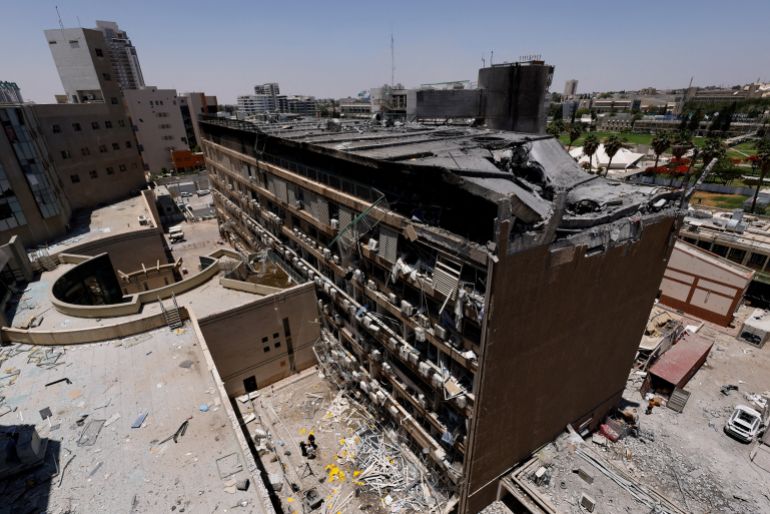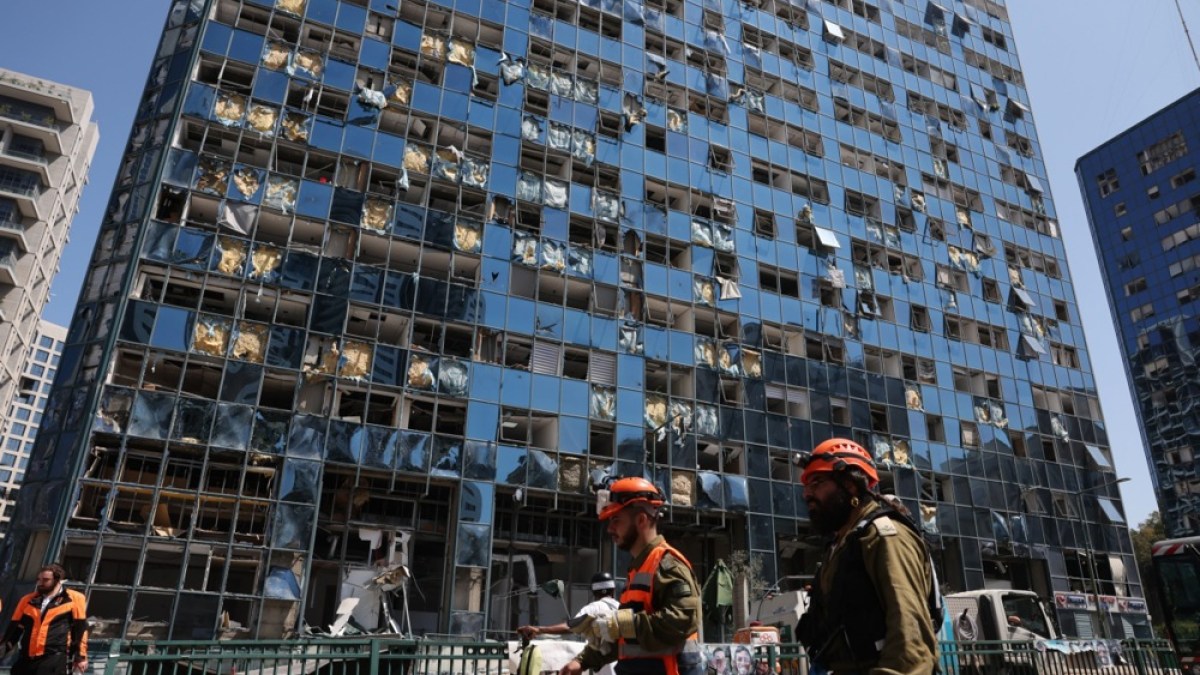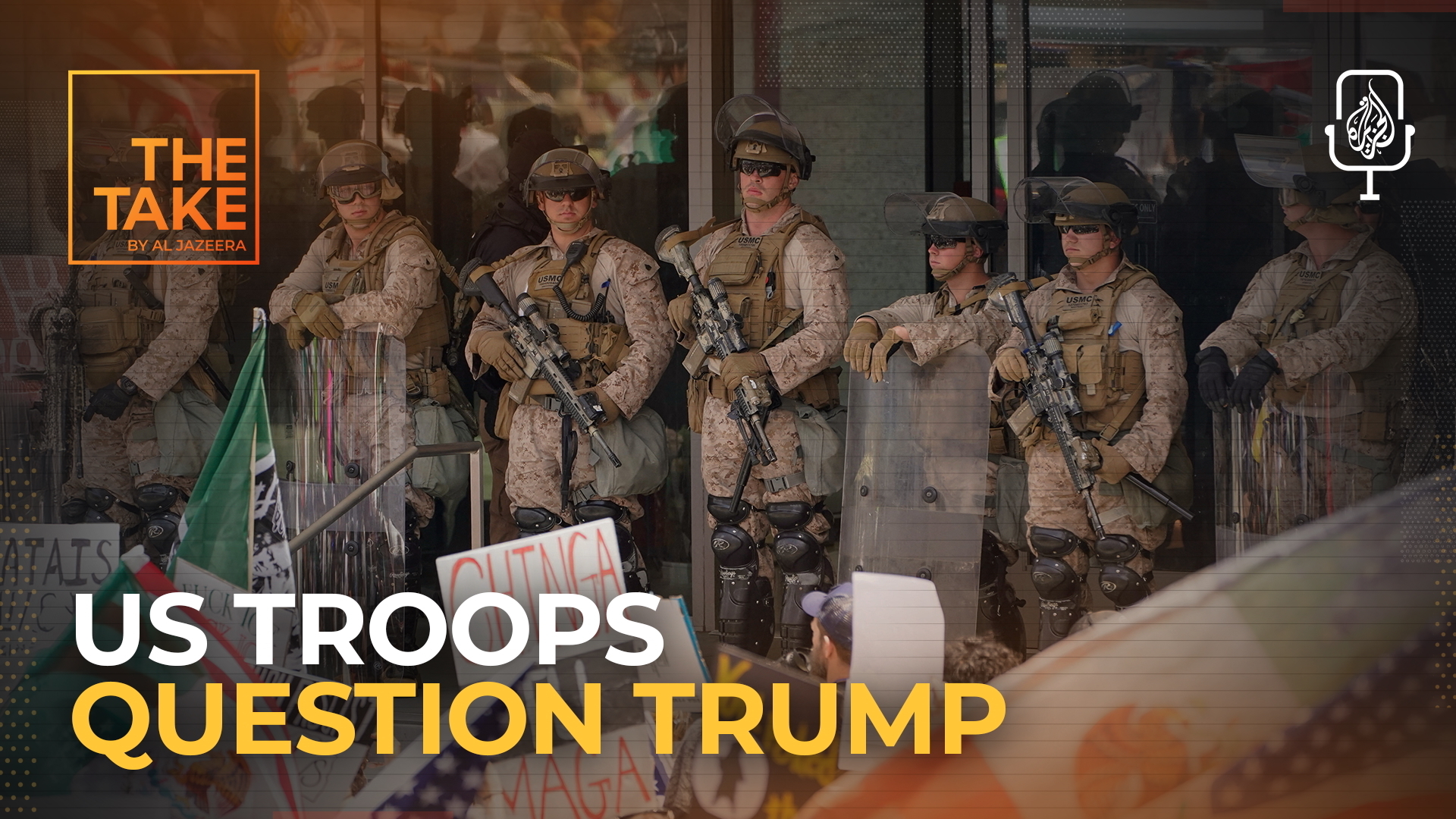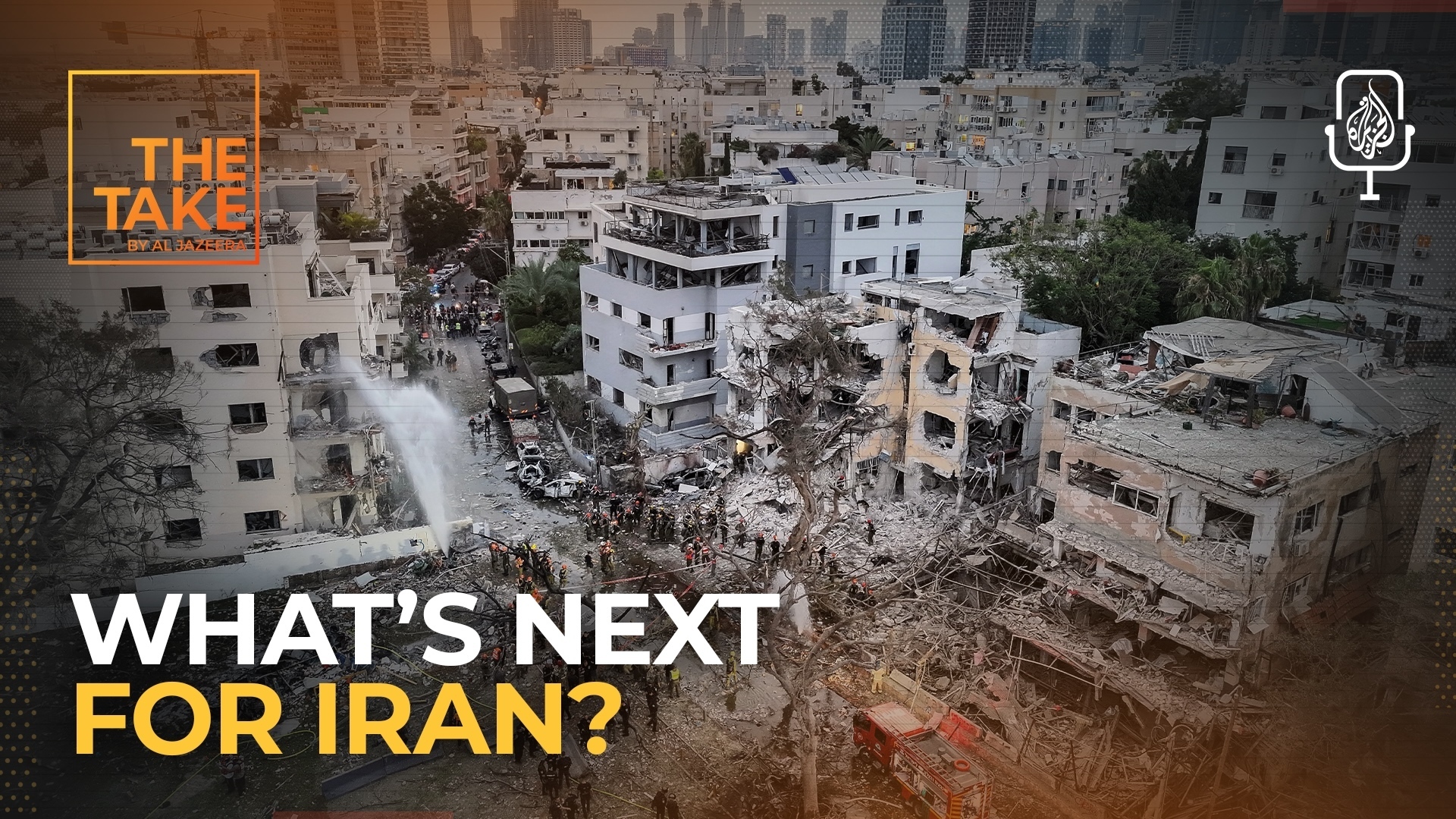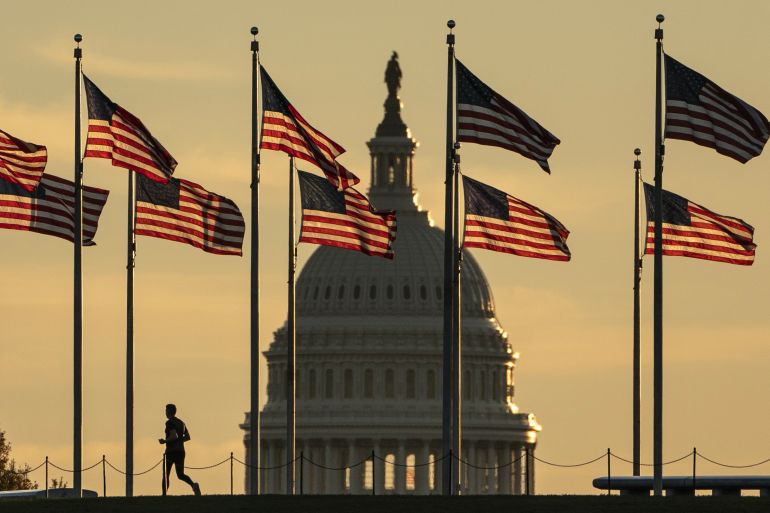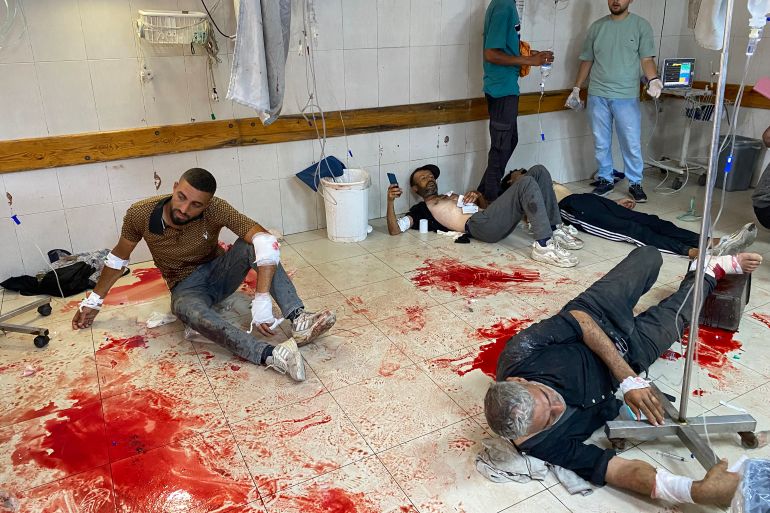The Israeli government has issued new directives restricting how its media covers its current war with Iran.
On Wednesday, a circular from Israel’s military censor, Brigadier General Kobi Mandelblit, announced new rules on what Israeli media organisations and journalists within the country can – and cannot – publish about the effect of Iranian strikes.
The legal underpinnings of censorship in Israel are older than the country itself.
Restrictions on media freedom in the territory were first established by the British during their Mandate for Palestine in 1945, before being incorporated into Israeli law after the state was created three years later.
However, restrictions on press freedom in Israel go further than just outlawing aspects of journalists’ reporting.
According to figures from the International Federation of Journalists (IFJ), Israel has killed at least 164 journalists in Gaza since October 7, 2023. More have been killed in Lebanon, the occupied West Bank and, now, Iran.
Since May 2024, the Israeli government has banned Al Jazeera from its territory and, since November, has sanctioned the Israeli liberal daily, Haaretz, over coverage considered critical of its actions.
So, what are the new restrictions on journalists and how does media freedom in Israel stack up against that in other countries?
Here’s what we know.
What do the new restrictions involve?
The new regulations relate specifically to the conflict with Iran. They place special restrictions on the way journalists and editors can report the impact of Iranian strikes on Israel.
In a circular, published on Wednesday, titled Rising Lion – IDF Censor Guidelines for Media Coverage of Attack on the Israeli Home Front, the office of Israel’s chief military censor ordered editors to take “strict measures” when reporting on missile and drone attacks.
The censor is also warning against reporting anything that could indicate attack positions or air defence operations, or damage assessments that could “assist the enemy” and pose “a tangible threat to state security”.
Specifically, journalists and editors are prohibited from:
- Filming or broadcasting images from impact sites, particularly near military installations.
- Using drones or wide-angle cameras to show impact areas.
- Detailing the precise location of affected areas near security installations.
- Broadcasting images of Israeli missiles being launched or of Iranian missiles being intercepted.
- The directive also bans the sharing of videos from social media without prior review by the censor, cautioning – as a side note – that some may be “enemy-generated fake news”.
The new restrictions have taken immediate effect. Photographers in the port city of Haifa were arrested in the early hours of Tuesday morning while setting up cameras to capture images of potential strikes on the port.
What restrictions were already in place before this?
Journalists and editors were already required to submit any article that could touch upon Israel’s security to the military censor for approval ahead of publication.
Under the existing regulations, the censor has the power to halt publication of any article if “there is a “near certainty that real damage will be caused to the security of the state” by its publication.
It may not, however, restrict articles or reports on the grounds that they might damage the reputation of either the Israeli army or the country’s politicians.
In 2023, Israel’s already tight restrictions were increased via an amendment to the country’s anti-terrorism law which punishes those who “systematically and continuously consume terrorist publications” or who broadcast “a direct call to commit an act of terrorism”.
According to media freedom organisations, such as the Index on Censorship, even before the new restrictions on reporting the Iran conflict were introduced, the censor’s definition of “security issues” was very broad, covering topics as diverse as the army, intelligence agencies, arms deals, administrative detainees, aspects of Israel’s foreign affairs, and more.
Any journalist, publication or media group can appeal a decision by the censor to the Supreme Court, which has the power to overturn its decisions.
How often does the censor take action?
Frequently.
In May, the Israeli-Palestinian magazine, + 972, described what it called an “unprecedented spike in media censorship” since the start of the war on Gaza.
According to the magazine, throughout 2024, Israel’s military censor fully blocked 1,635 articles from being published and imposed partial restrictions on another 6,265.
This amounted to an average of roughly 21 interventions in news stories every day; more than twice the highest previous daily tally of about 10 interventions during the 2014 Gaza conflict (Operation Protective Edge), and more than three times that typically recorded during peacetime of 6.2 per day.
Complicating matters are regulations banning outlets from stating whether parts of an article have been censored, so readers cannot be certain what information has been censored and what has not.

None of the countries that Israeli leaders typically compare themselves with has any institution comparable to Israel’s military censor.
According to the Reporters Sans Frontieres (RSF) World Press Freedom Index, Israel currently stands at 112th place out of 180 countries for freedom of the press – below Haiti, Guinea Bissau, South Sudan and Chad.
According to the RSF: “Press freedom, media plurality and editorial independence have been increasingly restricted in Israel since the start of the war in Gaza, launched by Israel on 7 October 2023 following the deadly Hamas attack.”
